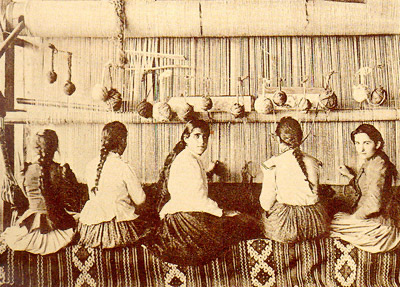Armenians are a civilized people, who were subjected to persecution and genocide and so they took refuge in Syria. History has recorded that the Syrians welcomed the survivors, and they became part of its national fabric. But their origins go back to the historical land of Armenia in the Armenian plateau to the sixth millennium BC.
It is part of the history of the region and the world.
Historical Armenia extends from the west of the headwaters of the Euphrates River to the Caspian Sea and Iran, and from the Caucasus mountain range to the Armenian Taurus mountain range on the northern borders of Iraq. Mount Ararat, on which Noah’s Ark landed, is considered one of the most important mountains of Armenia, in addition to Mount Arakadze and the Armenian Taurus Mountains.
On the economic level, the Armenian people were famous for various types of metal industries such as weapons, gold, silver and wooden jewelry, as well as the manufacture of glass, faience and crystal, as well as the textile industry, embroidery, silk, rugs, leather and fur products. And they had brave military leaders who deserved medals of courage in addition to scientists who invented jet planes and missile launchers and built factories for planes, tanks, field cannons and tankers.
The Armenians appeared in Palestine and the neighboring regions, especially Syria and the eastern Mediterranean coast, during the conquests of the Armenian Emperor Dickran the Great in the first century BC, when he encouraged the migration of Armenians from the motherland to both Syria and Palestine for political, commercial and economic purposes. He also worked on the emigration of thousands of Palestinians to Armenia. Since that period, the spread of Armenians in the Arab countries began. Their migrations to neighboring countries continued after the collapse of the great kingdom of Dickran, and religious and cultural centers were established for them there.

